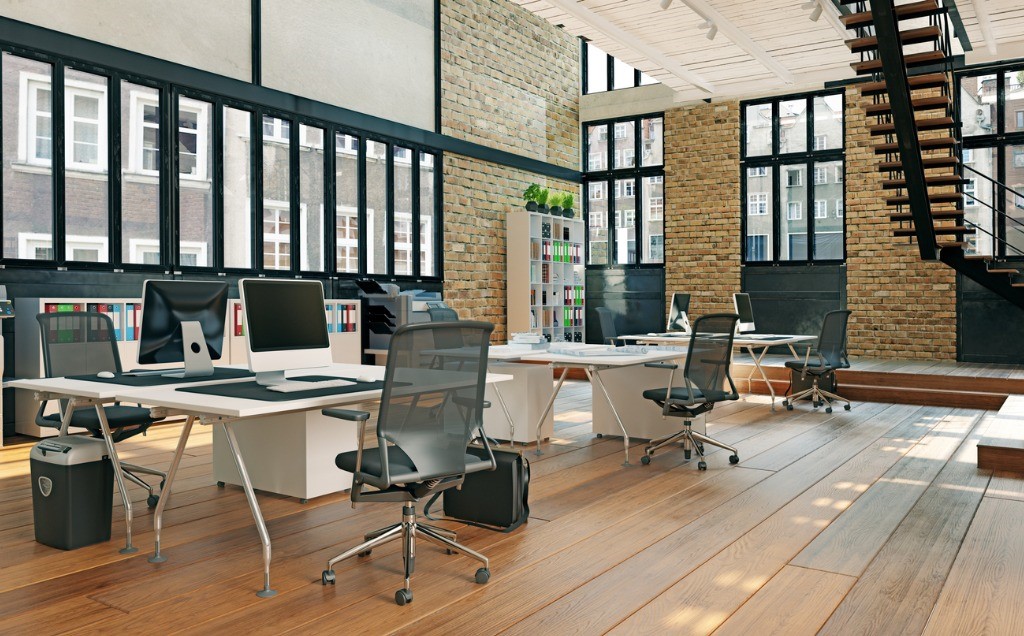Employee benefits are a key topic in employer branding. Nevertheless, people often do not like to talk about promoting mental health. There is even a term for it: “well-hustling” — the concealment of corresponding offers. Behind this is the fear of being associated with a topic that is still considered embarrassing. With this article in our Valdivia Expert Tips series, we want to encourage you to take up the topic for your employer branding — both practically and in your internal and external communication.
The significance: facts and figures
- Health insurance companies have been sounding the alarm for several years now: exacerbated by the coronavirus epidemic, mental illnesses among employees are increasing significantly. In 2021, they were the reason for around 19 % of all sick days1 ; in 2022, for example, depressive episodes were already the fourth most common cause of absence from work2 .
- Study results from property investment specialist Catella on the preferred place of work also indirectly refer to the mental stress factor3 : 82% of those surveyed would like a combination of home office days and the usual social interaction in the office; only 2% would feel comfortable working purely from home.
- However, the consequences are not just sick days. According to a McKinsey study4 , employees with mental health problems are four times more likely to quit their job.
At the same time, the McKinsey study confirms the well-husbandry problem: almost 90% of all employers already offer wellbeing programmes. However, they are clearly not effective — either because they are not tailored properly or because they are not recognised by the workforce or arouse reservations.
The first step: reduce the causes
An article on hazards in engineering professions5 points to causes and thus approaches to improving the stress situation, which can also be representative of other sectors:
- too tight deadlines, especially if deadline pressure also triggers the parallel processing of different tasks,
- too little room for manoeuvre in the organisation of their own work,
- organisational factors such as restructuring, forced work interruptions, loss of breaks and, in general, poor work organisation and an incoherent management style.
Reducing such stress factors not only improves productivity, the working atmosphere and the credibility of employer branding. As an employer, you also fulfil your statutory duty of care and reduce liability risks.
Mental health promotion: ideas for practice
- Presentations and workshops
Stress can best be reduced if everyone in the company is aware of it and suitable remedies are known. A first practical step in this direction can be in-house events, ideally led by external specialists. Possible topics include personal time management, relaxation techniques, burnout and boreout prevention and recognising signs of depression.
- Relaxation room
Where possible, a dedicated, suitably furnished room for relaxation is the ideal addition to your break programmes. Here you can retreat if you simply want to switch off for a short while, meditate or listen to calming sounds via headphones.
- Going dark
A lot of stress arises in everyday working life — and even more so in leisure time — due to the need to be constantly available. Some companies have already recognised this and actively block employees’ access to business emails in their free time. Going dark” at work goes one step further: times when employees cannot be reached, do not receive calls or emails and can concentrate on important tasks undisturbed.
State subsidies: save taxes for your health
The good news at the end comes from the code of law: “An employer can provide up to 600 euros per employee and year tax-free for (…) services to prevent and minimise the risk of illness and to promote health.” (§ 3 No. 34 EstG). The prerequisite is that a certified provider is chosen or that the measures comply with the prevention guidelines of the GKV-Spitzenverband. Also — completely — tax-free are “expenses for health promotion in the company’s own interest”, such as setting up the relaxation room mentioned above.
Promoting mental health in the workplace should therefore not be taboo. Not only is there a broad need for it, but it also makes economic sense. And even the state helps to strengthen your profile as an employer and the success of your company in the long term through a healthy working environment.
- AOK Federal Association 2022
- DAK Health Report 2023
- Catella, September 2023: Homeoffice Mystery Office — Who is coming back? (
- McKinsey & Company, April 2023: The State of Organisations. Survey of decision-makers from over 2,500 companies worldwide, including over 300 in Germany.
- net 2018: Risk assessment in the engineering professions
(Image: istockphoto)










































